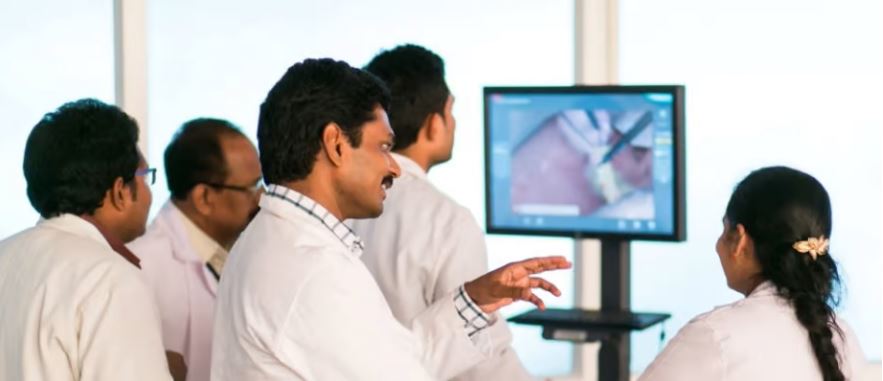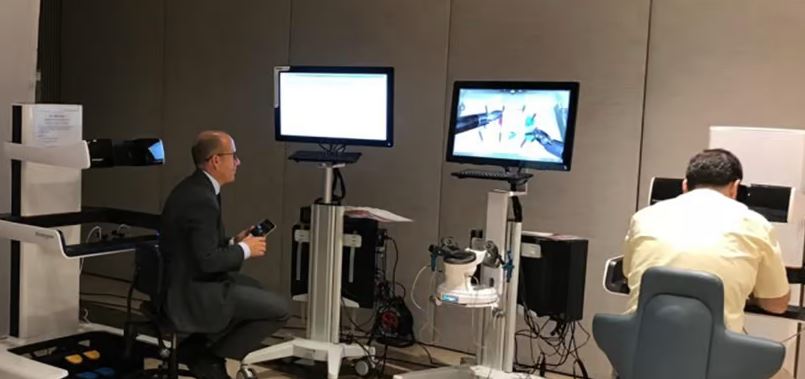公司规模
Large Corporate
地区
- America
国家
- United States
产品
- Cognito® network detection and response platform
技术栈
- Network detection
- Incident response
- Threat analysis
实施规模
- Enterprise-wide Deployment
影响指标
- Cost Savings
- Productivity Improvements
技术
- 网络安全和隐私 - 网络安全
- 网络安全和隐私 - 入侵检测
适用行业
- 教育
适用功能
- 商业运营
用例
- 网络安全
- 入侵检测系统
服务
- 网络安全服务
关于客户
德克萨斯农工大学系统是一个学术和研究强国,包括 11 个大学校园、7 个州立机构和众多研究机构。该系统开展多个领域的研究,包括全球饥饿、先进制造业、传染给人类的动物疾病以及核科学。该系统的网络在任何时候都支持大约 25 万人。该大学系统的总支出为 42 亿美元,并与美国能源部、美国国家航空航天局和美国国防部等许多重要组织进行重要研究。
挑战
德克萨斯农工大学系统是一所学术和研究强校,在保护其高价值学术和研究数据方面面临重大挑战。该系统包括 11 个大学校园、7 个州立机构和众多研究机构,是网络窃贼的主要目标。该大学系统面临网络安全人才短缺的问题,这是一个全球性问题,导致很难聘用和留住熟练的网络安全专业人员。此外,该大学系统的巨额支出以及与美国能源部、美国国家航空航天局和美国国防部等组织的重要研究伙伴关系使其成为国家网络攻击者的目标。
解决方案
德克萨斯农工大学系统实施了 Vectra® 的 Cognito® 网络检测和响应平台,以保护其高价值的学术和研究数据。该平台监控所有内部网络流量,提供对所有设备(包括 BYOD 和 IoT)操作的可见性。它会自动将最相关的信息交到安全运营团队手中。Vectra 威胁确定性指数™ 整合了数千个事件和历史背景,以查明构成最大威胁的主机。借助 Cognito,分析师可以在完整背景下查看重要数据,从而加快事件响应速度。该平台还允许安全分析师即时查看受感染主机正在与哪些设备通信以及如何通信。访问捕获数据包中的元数据可进一步加快威胁分析速度,因此安全团队可以采取快速、果断的行动。
运营影响
数量效益

Case Study missing?
Start adding your own!
Register with your work email and create a new case study profile for your business.
相关案例.

Case Study
Revolutionizing Medical Training in India: GSL Smart Lab and the LAP Mentor
The GSL SMART Lab, a collective effort of the GSL College of Medicine and the GSL College of Nursing and Health Science, was facing a challenge in providing superior training to healthcare professionals. As clinical medicine was becoming more focused on patient safety and quality of care, the need for medical simulation to bridge the educational gap between the classroom and the clinical environment was becoming increasingly apparent. Dr. Sandeep Ganni, the director of the GSL SMART Lab, envisioned a world-class surgical and medical training center where physicians and healthcare professionals could learn skills through simulation training. He was looking for different simulators for different specialties to provide both basic and advanced simulation training. For laparoscopic surgery, he was interested in a high fidelity simulator that could provide basic surgical and suturing skills training for international accreditation as well as specific hands-on training in complex laparoscopic procedures for practicing physicians in India.

Case Study
IoT platform Enables Safety Solutions for U.S. School Districts
Designed to alert drivers when schoolchildren are present, especially in low-visibility conditions, school-zone flasher signals are typically updated manually at each school. The switching is based on the school calendar and manually changed when an unexpected early dismissal occurs, as in the case of a weather-event altering the normal schedule. The process to reprogram the flashers requires a significant effort by school district personnel to implement due to the large number of warning flashers installed across an entire school district.

Case Study
Implementing Robotic Surgery Training Simulator for Enhanced Surgical Proficiency
Fundacio Puigvert, a leading European medical center specializing in Urology, Nephrology, and Andrology, faced a significant challenge in training its surgical residents. The institution recognized the need for a more standardized and comprehensive training curriculum, particularly in the area of robotic surgery. The challenge was underscored by two independent studies showing that less than 5% of residents in Italian and German residency programs could perform major or complex procedures by the end of their residency. The institution sought to establish a virtual reality simulation lab that would include endourological, laparoscopic, and robotic platforms. However, they needed a simulator that could replicate both the hardware and software of the robotic Da Vinci console used in the operating room, without being connected to the actual physical console. They also required a system that could provide both basic and advanced simulation training, and a metrics system to assess the proficiency of the trainees before they performed surgical procedures in the operating theater.

Case Study
Edinburgh Napier University streamlines long-distance learning with Cisco WebEX
• Geographically dispersed campus made in-person meetings costly and inconvenient.• Distance-learning programs in Malaysia, India, and China required dependable, user-friendly online tools to maximize interaction in collaborative workspaces.• Virtual learning environment required a separate sign-in process, resulting in a significant administrative burden for IT staff and limited adoption of collaboration technology.

Case Study
8x increased productivity with VKS
Before VKS, a teacher would spend a lot of time showing a group of 22 students how to build a set of stairs within a semester of 120 hours. Along with not leaving the teacher much time to provide one-on-one support for each student to properly learn carpentry, it also left a considerable amount of room for error. Key information would be misinterpreted or lost as the class was taught in the typical show-and-tell way.

Case Study
Scalable IoT Empowering GreenFlex's Sustainable Growth
GreenFlex, a company that supports sustainable development, decarbonization, and energy efficiency, faced several challenges in its quest to expand its business. The company needed to deploy a robust and sustainable IoT technology to support its growth. It was crucial for them to monitor and control devices at customer sites in a safe and reliable manner. They also needed to integrate devices across a range of communication protocols and gather and act on data to meet efficiency targets. GreenFlex had previously built IoT capabilities into its digital platform, GreenFlexIQ, to monitor and manage customer sites remotely. However, they soon realized that they needed a new platform to support their ambitions. They needed a platform that could scale to connect more devices for production management and make it easier for the operations team to manage devices in the field.







